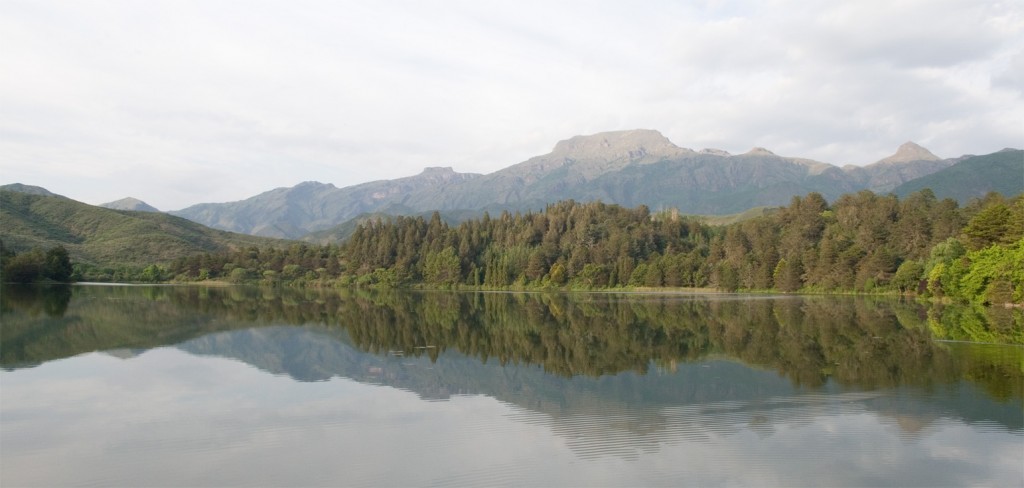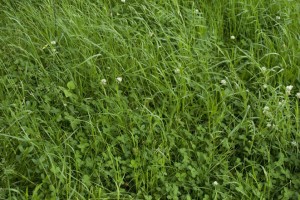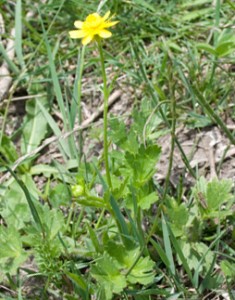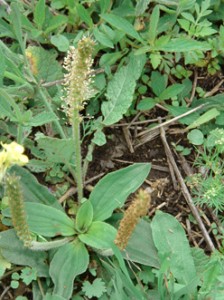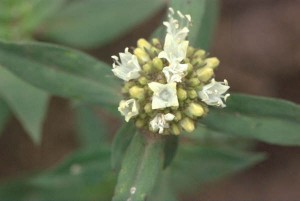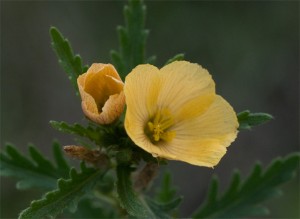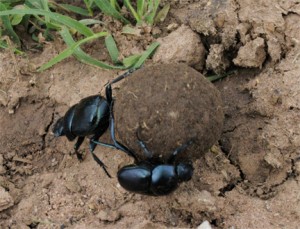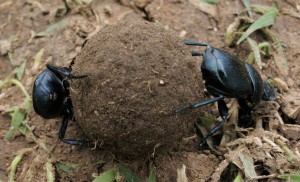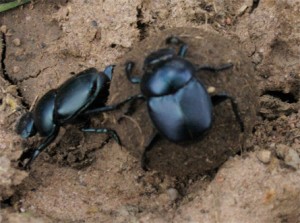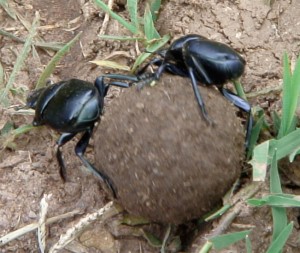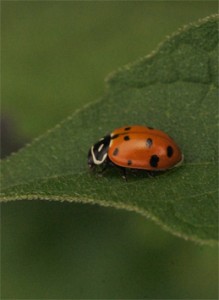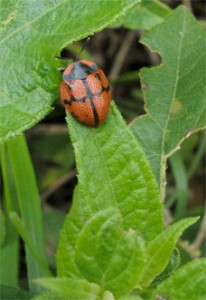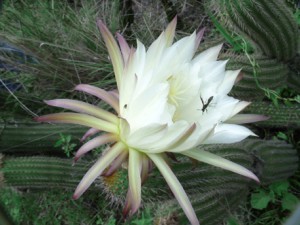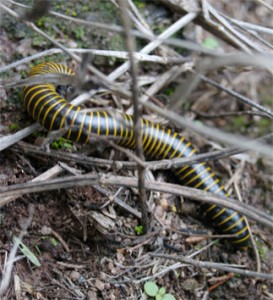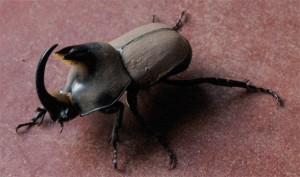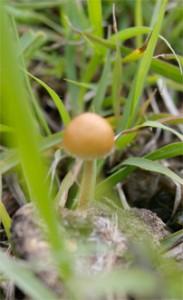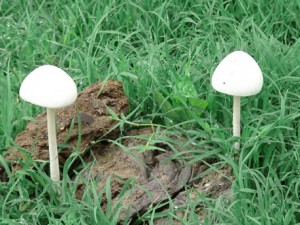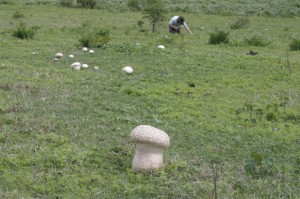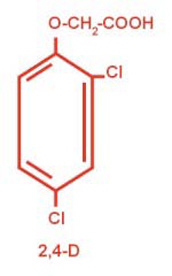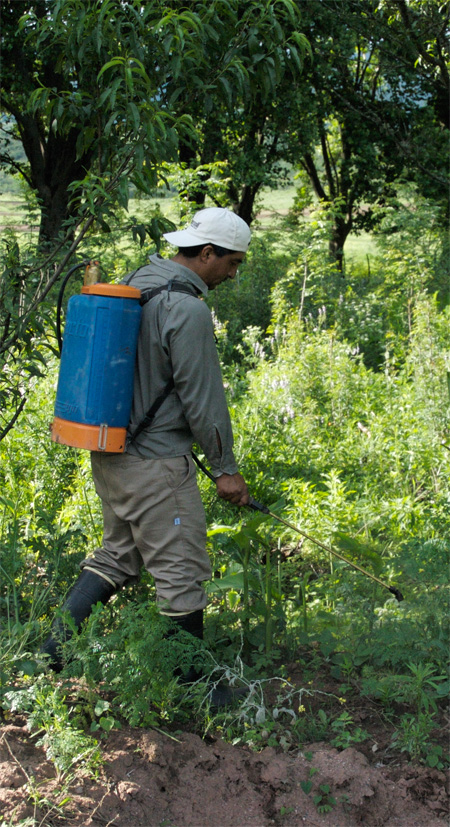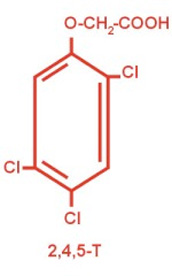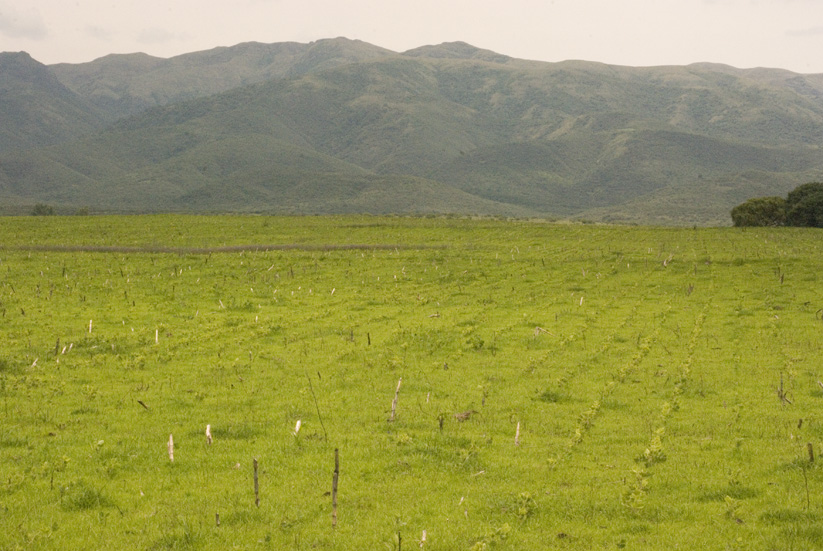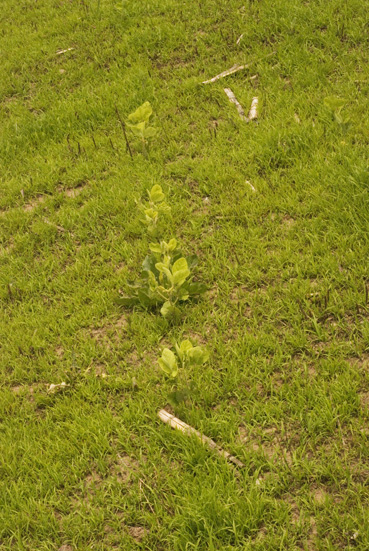Everything can happen… the "Queer" of transgenics to rescue the GMO "Queen"
February 24th, 2010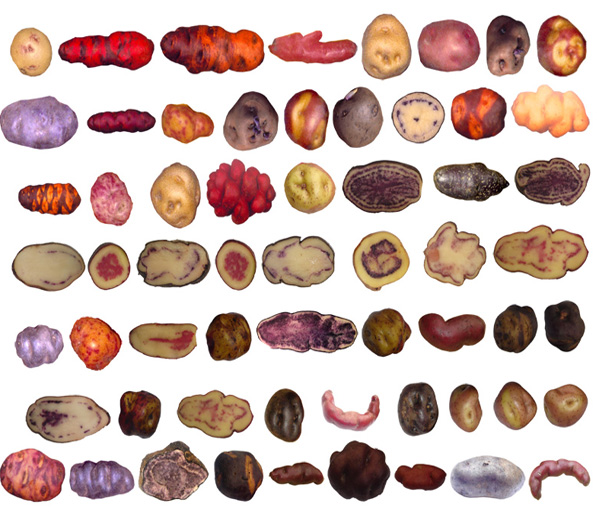
Take a look at these splendid potatoes… more than 3000 varieties, one for everyday, for the next 10 years…
But now you will get the transgenic “duke of York”, the GMO “King Edward”… the GMO “British Queen”…
Excellent… the brand new Royal GMO potato family brought to you by the incredible mad hatter… no, no, sorry, stop. Where is “Prince Charles”?
I wanted to talk about the new potato collection prepared for you by the icon of transgenic labs, the Sainsbury foundation of England. It has succeeded to get the GREEN light (dont laugh) to plant them, as test, behind barbled wired high fences, under high security and arms. One must remind that this Sainsbury lab has nothing to do with the supermarket chain of the same name, the first big chain to kick away GMOs from their shops.
Transgenic what for? To resist blight, the desease which provoqued the Irish famine, the allmighty scarecrow to pass any GMO in the UK. Transgenic as well to resist to nematods, the little invisible worms eating the potatoes before we do. Of course each transgenic potato has its’ own specialty, you cannot get all at a time, choose your disease comrad…
How glorious it is to see that the same tricks and recipies still work like in the old time, use fear to swallow something even more dreadfull; cuddling intelligence by tetanizing it, a good old tradition of warriors to tackle good sens with terror.
Save the world from famine? defend our crops from climate change? This is what the GMO fans of Albion are running for. They chose their defender of the moment in the person of Lord Chris Smith, chairman of the Environment Agency; who better?. The eminent former member of government, daring and utmost sympathetic, the first politician to declare his homosexuality and seroposivity at the parliament, an event at the time. A man of guts. He is now testing the British public opinion on GMOs. What a wierd political communication strategy: the “Queer” of transgenic to rescue the GMO “Queen”, before the great battle in Brussels to be led by the European governments and pro GMO Manuel Barroso. Perfide Albion.
GMOs have to pass at any cost… Potato so easy to replant and multiply… it has to be controled totally by BASF and the other true serious corporations.
Biologists know perfectly well that Blight is a mushroom and that any mushroom can be controled by another mushroom; when you use the oyster mushroom mycelium for example, you also boost your potato crop. As for nematodes are killed by Tagetes Minuta, a plant that grows everywhere on the planet and particularly in association with the potato. It would be interesting to give some basic information about botanics to the farmers… they are supposed to deal with plants everyday, but they dont know the basics. They are not the only ones, but sometimes we can ask ourselves if it is not so on purpose.
Nature is jolly well done, isnt it? But if farmers start to think like this, they wont buy any drugs from any company. How can you milk a farmer if he starts to do so? How can you finance our good old European corporations, sustain solid infrastructures, get a serious political class? Say, where would go our world if it was free to do what it wanted? If peasants were free to produce their own seeds, fertilizers and remedies?
To feed the world? in reality the target is rather confused :
“A star(ch) is born” announces BASF, with its legendary German humour. Starch, yes; to make your paper more glossy, your Savile Row suite even more stif, your threads shiny. 20 years now, that they have been working on selecting the starch potato from potatoes they croped in Mexico and Peru. Biopiratry? What are you talking about? They are true researchers who have created a potato, a “novel” product. To show that it is THEIR OWN creation, they inoculated to it a marker gene. Here the marker is a gene resistant to antibiotics protecting us against E. Coli and other agents provocateurs of nosocomial diseases. Thanks.
Yes you read well, they inoculated a potato with a gene resistant to the antibiotic kanamycine, the antibiotic which helps us to survive from a bacterial disease, all this to recognize THEIR POTATO, which they have patented.
They named the potatoe amFLORA, probably for its beautiful flowers (flora in latin). Because it makes flowers, which is the traditionnal way to select and intercross the genes.
“My dear MPs, potato has also its’ sexual life, it is no mystery”.
Ouch, what a coming out : it takes 20 years to obtain a new potato by crossing potato flowers and get proper seeds.
“This gene cannot be transmitted to man, because this potato is not for eating and the reproduction through flowers is neglectible”. They gave it as little name : amFLORA… strange German humour? Because pollen goes from one flower to another. It is so light, that a slight breeze can bring it up to the stratosphere. From there it can turn around the world and one day fall anywhere, maybe on a potato for man or a pig. Maybe it can seduce a pollinator… can you imagine the amount of pollen in thousands of hectares of potato fields needed by the industry?
The Sainsbury lab, seems more pragmatic: “why wait 20 years to create a blight or nematod resistant potato when we can stick the gene right away?” Life is so simple. But in the first hand, why spending so much money on a problem which has been solved with success for more than 2000 years? You only need to know about it? Sorry for the XIXth century Irishmen. You need to teach the peasants. Why hide them the truth? Three cheers for BIODIVERSITY. One must learn from it and use it.
Hopefully we live in a wonderfull world… Farmers are claiming for a GMO free label, special to label the meat and the milk which is produced without feeding on imported trans soy from Brasil and Argentina for which we are the N°1 clients.
Lets forget for a while the pollen, the planet and its’ stratosphere, lets dream…
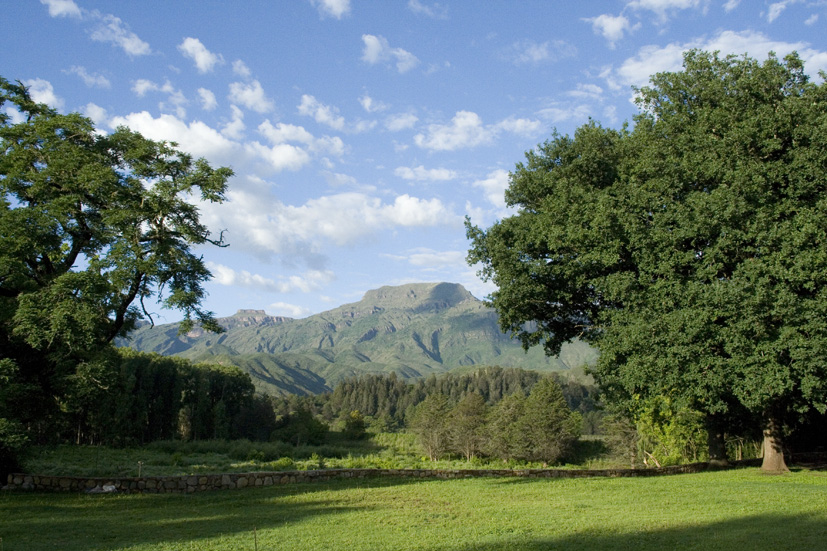
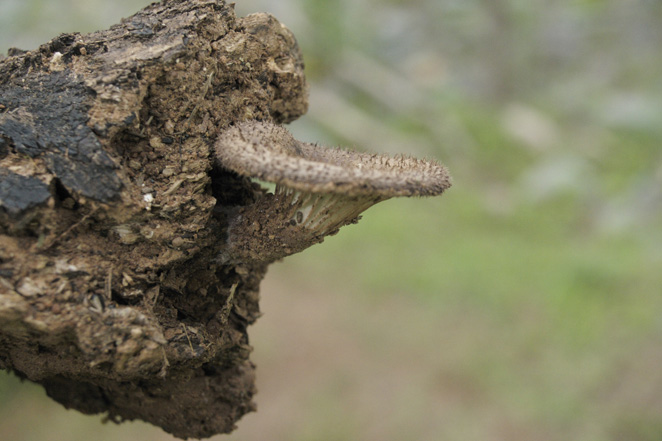
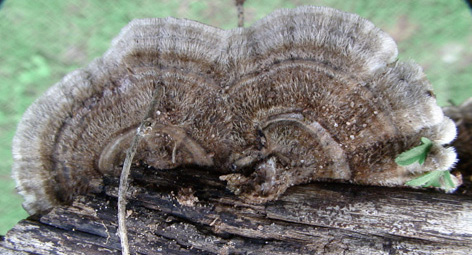
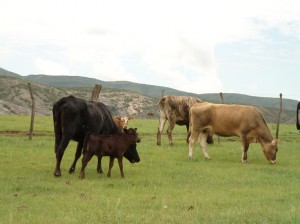 “My dear man, when I was making my cheese, my cows were producing 3000 litres of milk per year; now they are producing ten times more… the grass is still the same… Sorry such a cheese is impossible to make again.”
“My dear man, when I was making my cheese, my cows were producing 3000 litres of milk per year; now they are producing ten times more… the grass is still the same… Sorry such a cheese is impossible to make again.”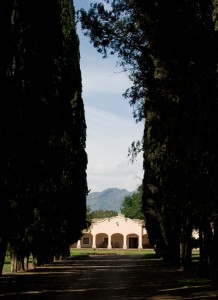
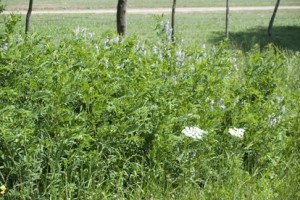
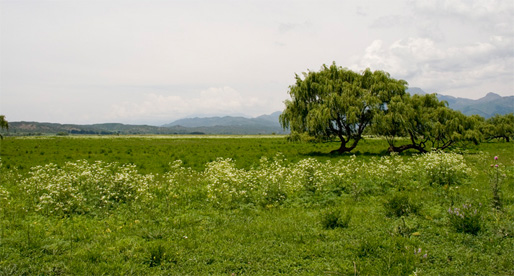
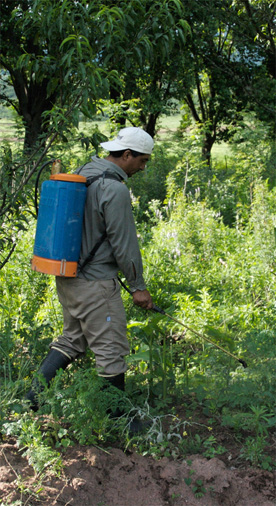
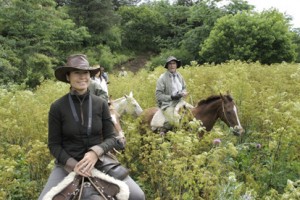
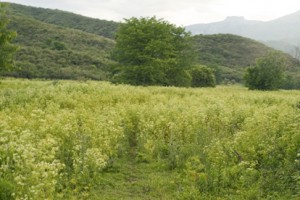 the horses pass through this field of 2meters high hemlock, hears backwards, with the worse feeling ever.
the horses pass through this field of 2meters high hemlock, hears backwards, with the worse feeling ever.